Factory Tour
Exploring Market Trends for 48V Golf Cart Lithium Batteries at the 138th Canton Fair 2025
As the electric vehicle market continues to evolve, the spotlight is increasingly on the 48V Golf Cart Lithium Battery, which has become essential for enhancing the performance and efficiency of modern golf carts. According to a recent industry report by MarketsandMarkets, the global lithium battery market is projected to grow from USD 38.2 billion in 2020 to USD 116.6 billion by 2025, with a significant share attributed to the growing demand for sustainable and energy-efficient solutions in recreational vehicles. The 138th Canton Fair 2025 serves as a pivotal platform for stakeholders to explore the latest market trends and innovative technologies in this sector. With the growing emphasis on eco-friendly practices, the adoption of 48V Golf Cart Lithium Batteries is set to rise, transforming the landscape of golf cart manufacturing and usage.
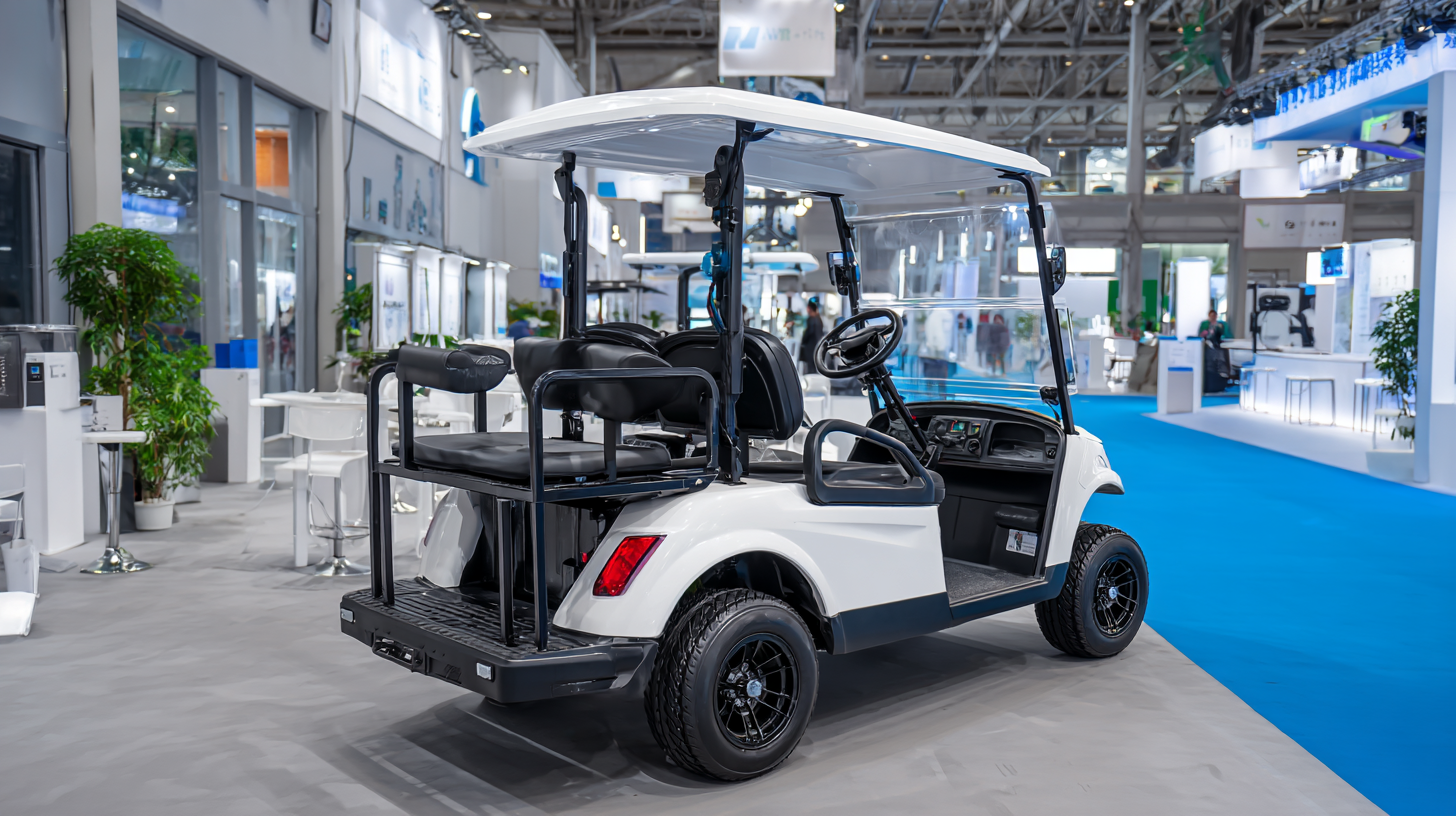
Market Overview of 48V Lithium Batteries for Golf Carts at the Canton Fair
The market for 48V lithium batteries for golf carts is experiencing notable growth, particularly highlighted during the 138th Canton Fair in 2025. As an essential component of modern golf carts, lithium batteries offer advantages such as longer lifespan, reduced weight, and faster charging times compared to traditional lead-acid batteries. According to a report by ResearchAndMarkets, the global market for lithium-ion batteries is projected to reach USD 94 billion by 2025, with golf cart applications increasingly contributing to this figure as more consumers seek efficient and environmentally friendly power solutions.
Attendees at the Canton Fair will find various exhibitors showcasing the latest advancements in 48V lithium battery technology. Manufacturers are focusing on enhancing energy density and battery management systems, ensuring that performance aligns with the growing expectations of golf cart users. As demand rises, it’s essential for buyers to consider factors like warranty, charging time, and temperature resilience when selecting lithium batteries.
**Tips:** When evaluating 48V lithium batteries, be sure to inquire about the manufacturer’s reputation and after-sales service. Additionally, checking for compliance with international safety standards can provide reassurance of product reliability. Lastly, consider the total cost of ownership, including installation and maintenance, to make an informed purchasing decision.
Exploring Market Trends for 48V Golf Cart Lithium Batteries at the 138th Canton Fair 2025
Market Overview of 48V Lithium Batteries for Golf Carts at the Canton Fair
| Feature | Specifications | Market Demand | Average Price (USD) | Growth Rate (2023-2025) |
|---|---|---|---|---|
| Voltage | 48V | Increasing | $800 | 10% |
| Capacity | 100Ah | High demand for leisure | $850 | 12% |
| Charging Time | 5-6 hours | Steady increase | $780 | 8% |
| Lifespan | 2000 cycles | Rising trend | $830 | 9% |
Key Innovations in Lithium Battery Technology Showcased at the Event
At the 138th Canton Fair 2025, significant innovations in lithium battery technology were showcased, particularly the advancements in 48V golf cart lithium batteries. The event highlighted how these new batteries not only provide enhanced energy efficiency but also promote sustainability within the golf cart industry. Manufacturers are integrating smarter design features that respond to consumer needs for longer-lasting power and reduced environmental impact, placing them at the forefront of green technology solutions.
Tips for consumers considering upgrading to lithium batteries for golf carts include evaluating your specific power needs and ensuring compatibility with existing systems. It's also wise to look for suppliers that emphasize energy-saving technologies and robust safety features. Engaging with vendors at trade shows can provide insights into the latest advancements and future trends, making it easier to choose the best options tailored to your usage.
Further innovation was displayed with various safety advancements in battery storage, as demonstrated by companies at the fair. The focus on creating fail-safe energy solutions not only enhances user experience but also sets a new standard for reliability in battery technology. As interest in electric mobility grows, these cutting-edge developments will play a critical role in shaping the future of the automotive and recreational vehicle markets.
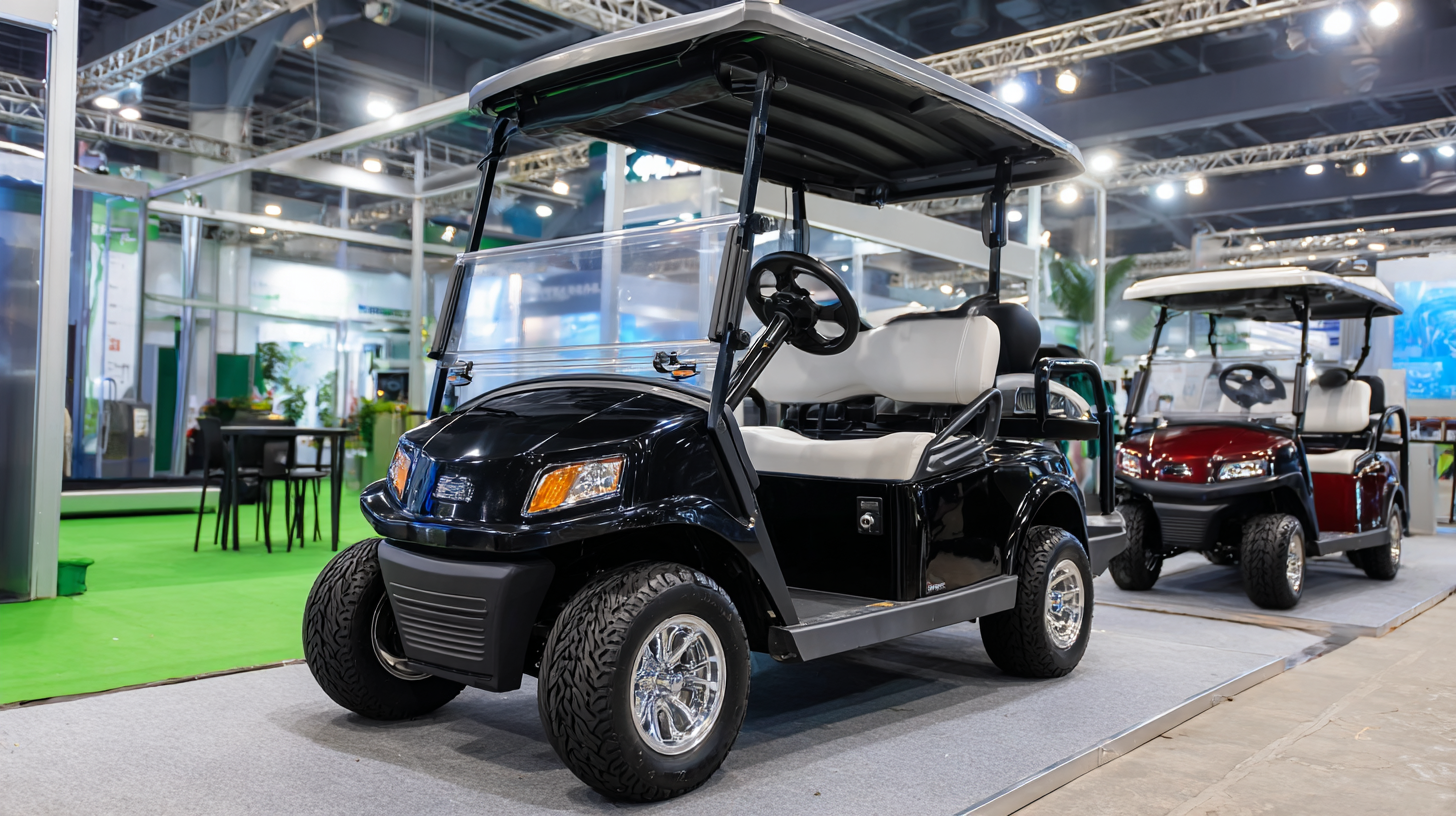
Analysis of Consumer Demand Trends for Golf Cart Lithium Batteries
As the demand for environmentally friendly transportation methods continues to rise, golf cart lithium batteries are gaining traction in various sectors. The electric golf cart market is projected to grow significantly, from a valuation of $320 million in 2024 to approximately $340 million in 2025, with a compound annual growth rate (CAGR) of 6% expected through 2034. This growth is largely driven by increased interest in outdoor recreational activities and the adoption of electric vehicles in commercial settings such as hotels, resorts, and industrial facilities.
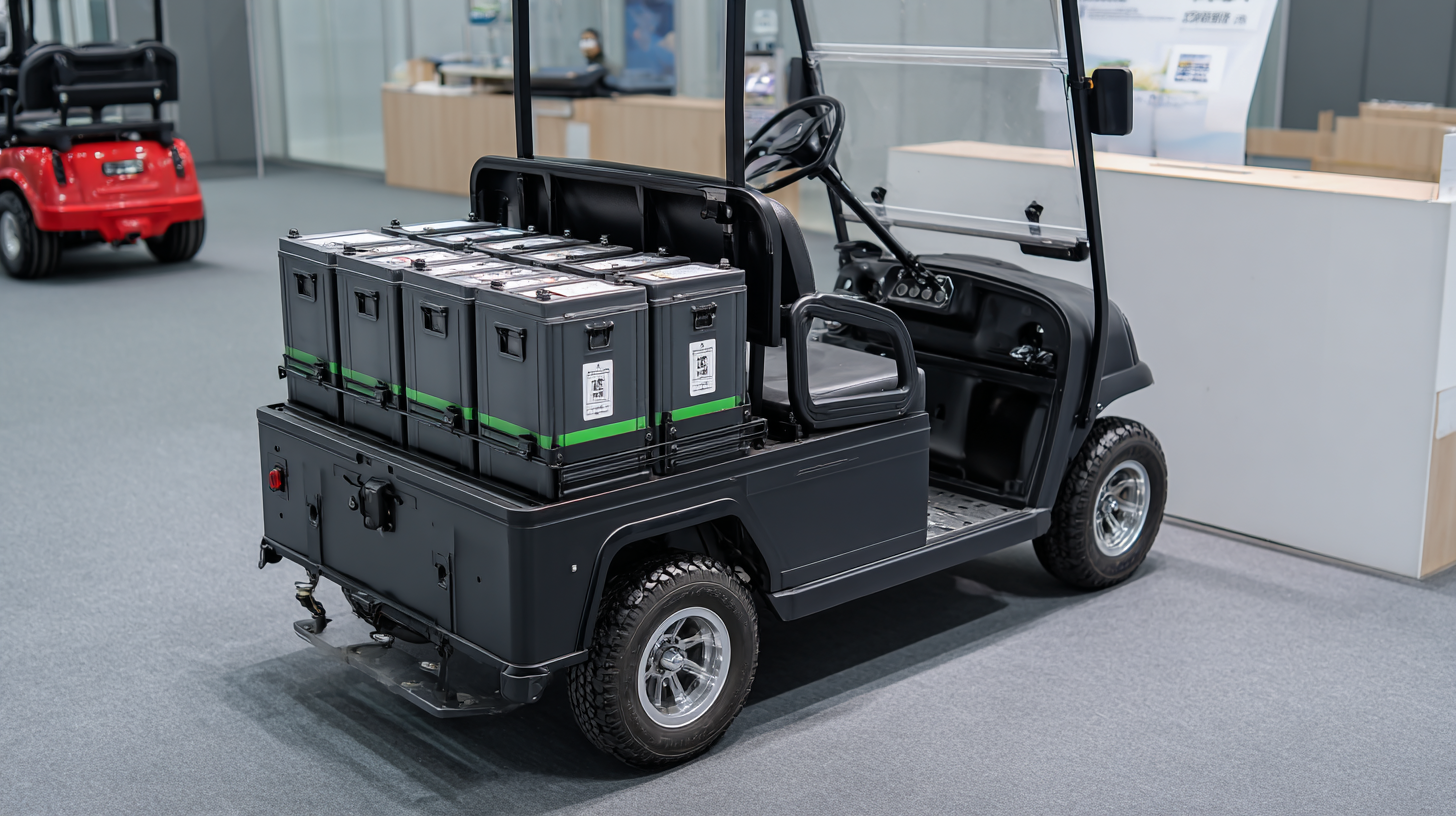
When examining market trends, it's essential to consider the different types of vehicles utilizing these batteries. The all-terrain vehicle (ATV) market, along with commercial and private golf carts, plays a crucial role. Applications range from golf courses to agricultural endeavors, showcasing a diverse consumer base with varied requirements. Notably, the lithium-ion battery segment is becoming increasingly dominant, preferred for its efficiency and longer life span, thereby meeting the heightened consumer demand for sustainable energy solutions in mobility. Reports suggest that the global market for electric golf carts is heavily influenced by technological advancements in battery performance and charging capabilities, making it a pivotal area of focus at events like the 138th Canton Fair in 2025.
Competitive Landscape: Major Players in the Lithium Battery Market
The competitive landscape of the lithium battery market is becoming increasingly dynamic as major players strive to capitalize on the anticipated growth across global consumer battery sectors. With the market projected to surge from $271.9 billion in 2024 to $441.3 billion by 2032, achieving a compound annual growth rate of 6.24%, companies are investing heavily in innovative technologies and product development. Among these innovations, solid-state batteries, recognized for their enhanced safety and thermal stability, represent a significant development in the lithium-ion technology space, particularly as demand across various applications including golf carts, UAVs, and humanoid robots rises.
As traditional players in the lithium battery sector gear up for this expansion, new entrants are also emerging, fostering a competitive environment. Research indicates that major corporations are focusing their efforts on enhancing production capabilities and forming strategic partnerships to capture market share. Furthermore, the recycling sector for lithium-ion batteries is gaining attention, with projections indicating significant growth, thus encouraging sustainability and resource recovery in parallel with the booming demand for new batteries. This competitive vigor not only highlights the industry's resilience but also its adaptation to emerging market trends and consumer needs, setting the stage for an interconnected future in energy solutions.
Sustainability and Environmental Impact of 48V Lithium Batteries for Golf Carts
The rise of 48V lithium batteries for golf carts has not only transformed the golfing experience but also emphasized the importance of sustainability in the sector. According to a report by BloombergNEF, the global lithium battery market is expected to reach $130 billion by 2025, with significant growth driven by the demand for more environmentally friendly alternatives to lead-acid batteries. This transition to lithium technology notably reduces greenhouse gas emissions; studies suggest that lithium batteries can lower carbon footprints by up to 70% over their lifespan compared to traditional battery types.
Moreover, the longevity and recyclability of lithium batteries contribute to their environmental benefits. A research paper published by the Journal of Cleaner Production highlights that lithium batteries can have a lifespan of over 10 years, significantly outpacing lead-acid options which typically last around 3-5 years. Additionally, advancements in battery recycling technologies are expected to increase recovery rates for essential materials like lithium, cobalt, and nickel, making the overall lifecycle impact of these batteries more sustainable. As industry leaders present cutting-edge solutions at events like the 138th Canton Fair, the emphasis on the environmental impact of 48V lithium batteries will remain a pivotal topic in the broader conversation about sustainable practices in the recreational vehicle market.
Related Posts
-
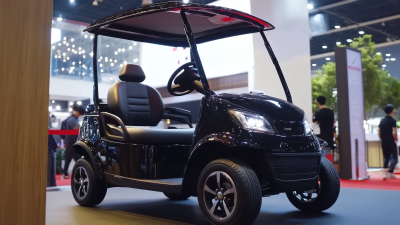
Unveiling the Future of 48v Golf Cart Lithium Battery at the 137th Canton Fair in Guangzhou
-
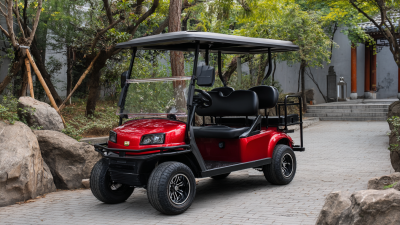
Exploring the Advantages of Choosing the Leading 48v Lifepo4 Golf Cart Battery for Your Business
-
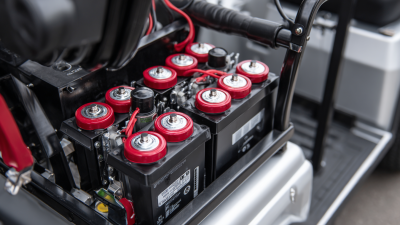
Unleashing Performance: Best Practices for 48V Golf Cart Battery Pack Optimization
-

Unveiling the Hidden Challenges in Household Energy Storage Battery Solutions
-
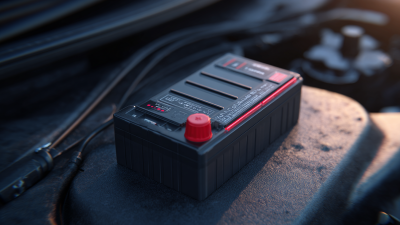
6 Tips to Maximize the Lifespan of Your Automobile Start Lithium Battery
-
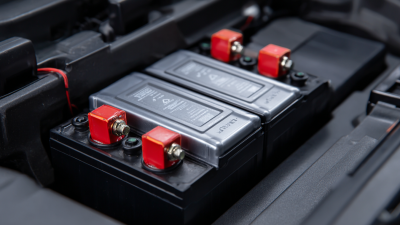
5 Essential Tips for Choosing the Right Automobile Start Lithium Battery That Boosts Performance







